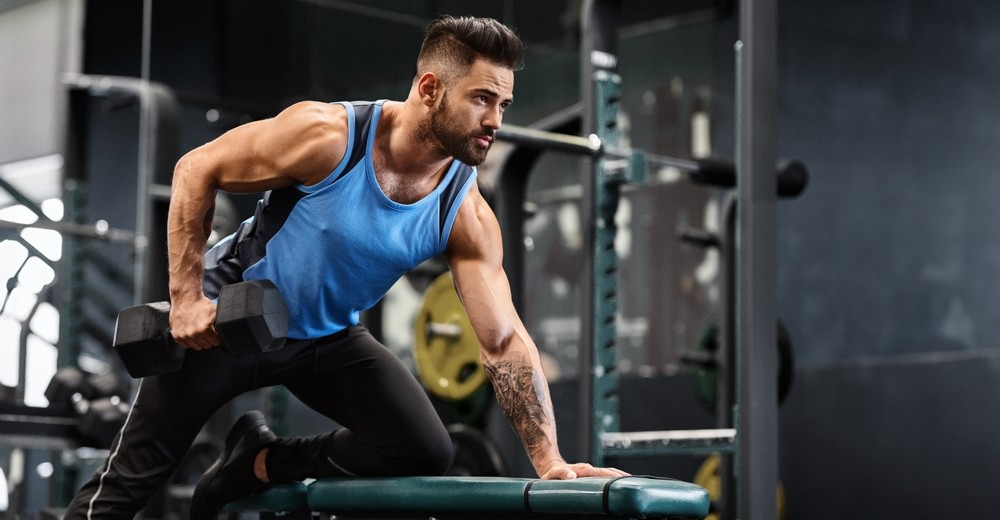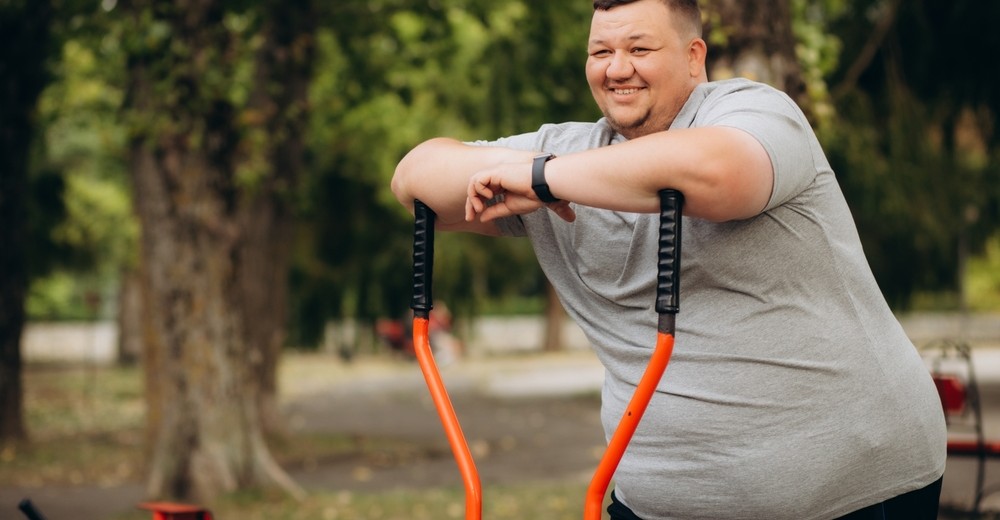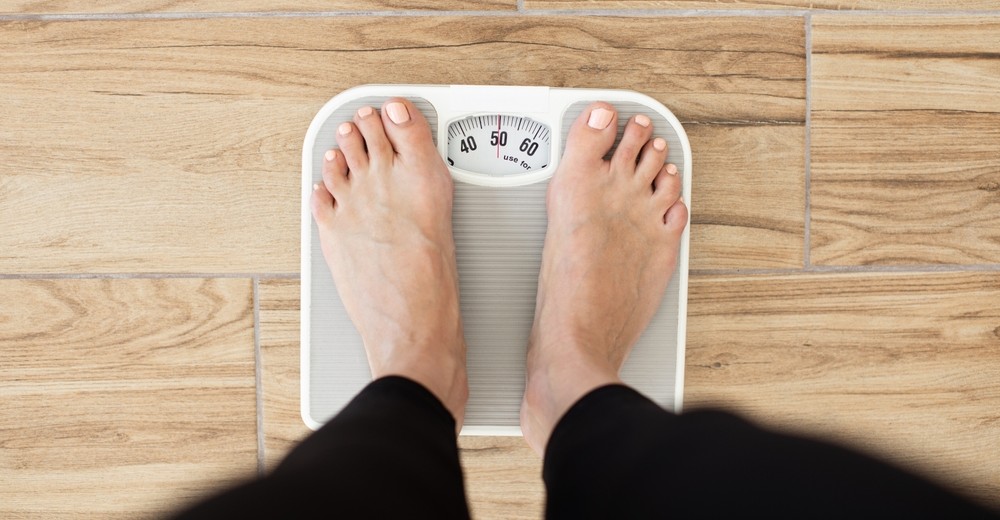Starting an exercise routine can feel intimidating, especially if you’re new to fitness. However, incorporating the right exercises into your routine can make weight management easier and more enjoyable. In this article, we’ll explore the best exercises for beginners to manage weight, focusing on low-impact, easy-to-follow workouts that deliver results. Whether your goal is to lose weight, maintain a healthy weight, or improve overall fitness, these exercises are perfect for getting started.
Why Exercise is Important for Weight Management
Exercise plays a crucial role in weight management by:
- Burning Calories: Helping you create a calorie deficit, which is essential for weight loss.
- Boosting Metabolism: Increasing your metabolic rate, even at rest.
- Building Muscle: Enhancing muscle mass, which burns more calories than fat.
- Improving Mood: Reducing stress and boosting mental well-being, which can prevent emotional eating.
For beginners, starting with simple, low-impact exercises can build confidence and set the foundation for long-term success.
The Best Exercises for Beginners
Here are some of the best exercises for beginners to manage weight:
1. Walking
- Why It’s Great: Walking is low-impact, requires no equipment, and can be done anywhere.
- How to Start: Aim for 20-30 minutes of brisk walking 3-5 times a week. Gradually increase duration and intensity.
- Tip: Use a pedometer or fitness tracker to monitor your steps and progress.
2. Bodyweight Exercises
- Why They’re Great: These exercises use your own body weight for resistance, making them perfect for beginners.
- Examples: Squats, lunges, push-ups, and planks.
- How to Start: Perform 2-3 sets of 10-15 repetitions for each exercise. Focus on proper form to avoid injury.
3. Cycling
- Why It’s Great: Cycling is easy on the joints and provides a great cardiovascular workout.
- How to Start: Begin with 15-20 minutes of cycling at a moderate pace. Gradually increase duration and intensity.
- Tip: Use a stationary bike if outdoor cycling isn’t an option.
4. Swimming
- Why It’s Great: Swimming is a full-body workout that’s gentle on the joints.
- How to Start: Swim laps for 20-30 minutes, 2-3 times a week. Mix different strokes to engage various muscle groups.
- Tip: Join a beginner’s swim class if you’re new to swimming.
5. Yoga
- Why It’s Great: Yoga improves flexibility, strength, and mental well-being.
- How to Start: Follow beginner-friendly yoga videos or attend a class. Aim for 2-3 sessions per week.
- Tip: Focus on breathing and proper alignment to maximize benefits.
6. Strength Training
- Why It’s Great: Building muscle increases your resting metabolic rate, helping you burn more calories.
- How to Start: Use light dumbbells or resistance bands for exercises like bicep curls, shoulder presses, and rows. Perform 2-3 sets of 10-12 repetitions.
- Tip: Gradually increase weight and intensity as you build strength.
7. Dancing
- Why It’s Great: Dancing is a fun way to burn calories and improve cardiovascular health.
- How to Start: Follow dance workout videos or join a beginner’s dance class. Aim for 20-30 minutes, 2-3 times a week.
- Tip: Choose a style you enjoy, such as Zumba, salsa, or hip-hop.
Tips for Getting Started
Here’s how to make the most of your exercise routine:
- Start Slow: Begin with shorter sessions and gradually increase duration and intensity.
- Warm Up and Cool Down: Always start with a warm-up and end with a cool-down to prevent injury.
- Stay Consistent: Aim for at least 150 minutes of moderate exercise per week.
- Listen to Your Body: Rest if you feel pain or discomfort, and consult a doctor if needed.
- Mix It Up: Combine different types of exercises to keep your routine interesting and target various muscle groups.
How to Stay Motivated
Staying motivated is key to maintaining an exercise routine. Here’s how:
- Set Goals: Define clear, achievable goals, such as walking 10,000 steps a day or completing a 30-minute workout.
- Track Progress: Use a journal or app to log your workouts and monitor improvements.
- Find a Buddy: Exercise with a friend or join a group for accountability and support.
- Reward Yourself: Celebrate milestones with non-food rewards, like new workout gear or a relaxing activity.
The Role of Nutrition in Weight Management
While exercise is important, it’s only one part of the equation. Pair your workouts with a balanced diet to maximize results:
- Eat Whole Foods: Focus on fruits, vegetables, lean proteins, whole grains, and healthy fats.
- Stay Hydrated: Drink plenty of water before, during, and after exercise.
- Avoid Processed Foods: Limit sugary snacks, fried foods, and high-calorie beverages.
Incorporating the best exercises for beginners into your routine is a great way to manage weight and improve overall health. Start with low-impact activities like walking, bodyweight exercises, or yoga, and gradually build up to more intense workouts.
Remember, consistency is key. Stay motivated, track your progress, and pair your exercise routine with a healthy diet for the best results. With time and effort, you’ll achieve your weight management goals and enjoy a healthier, more active lifestyle.



